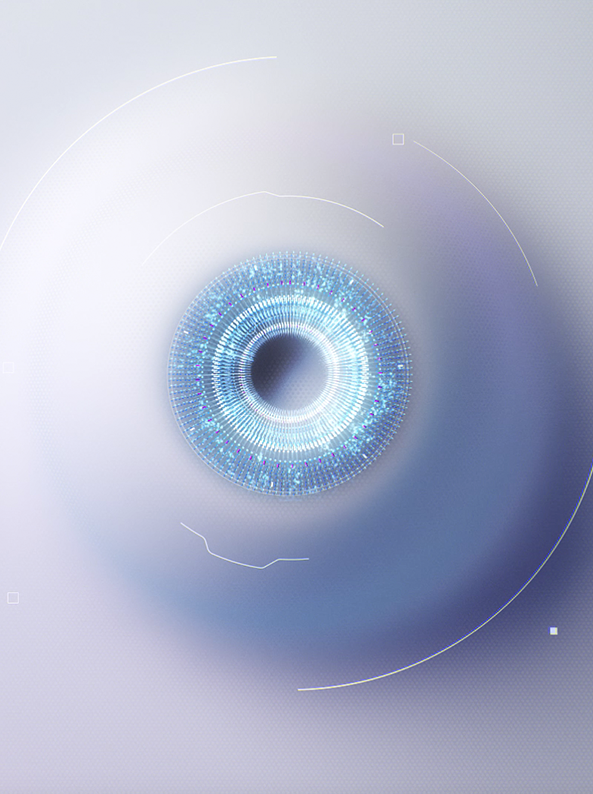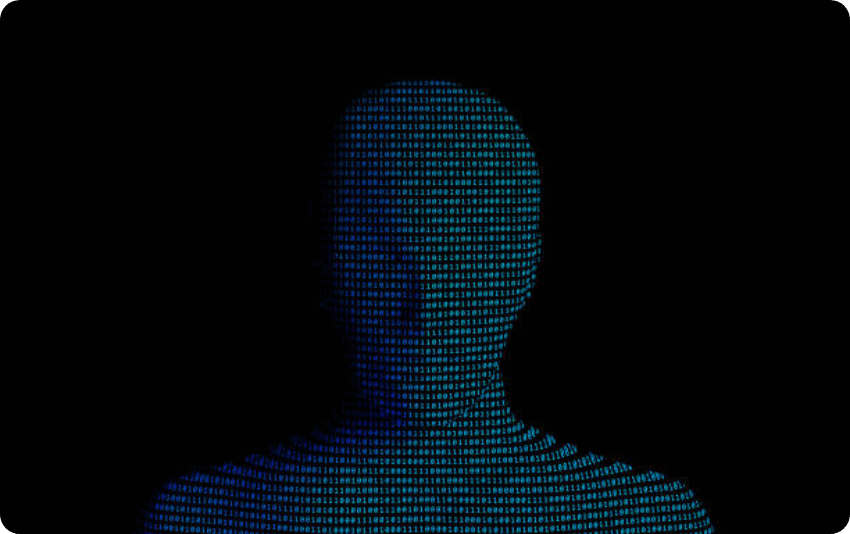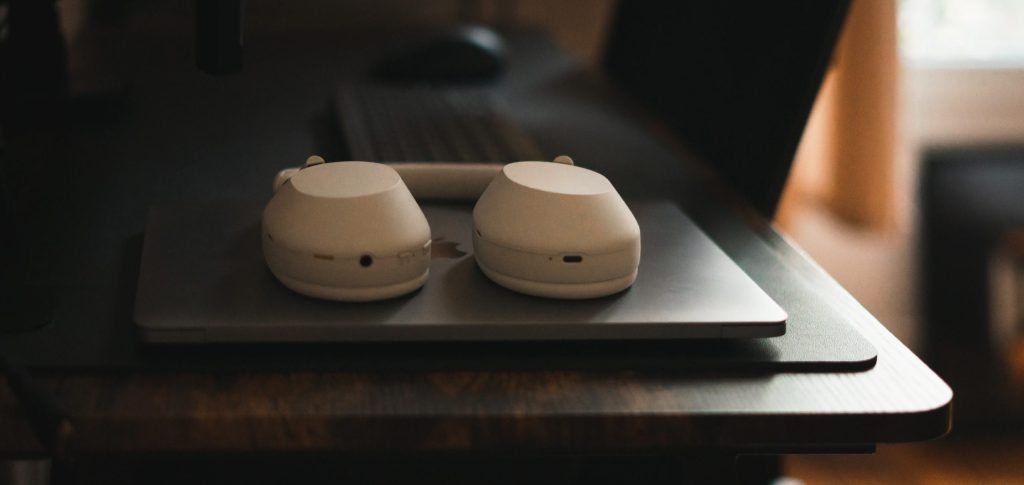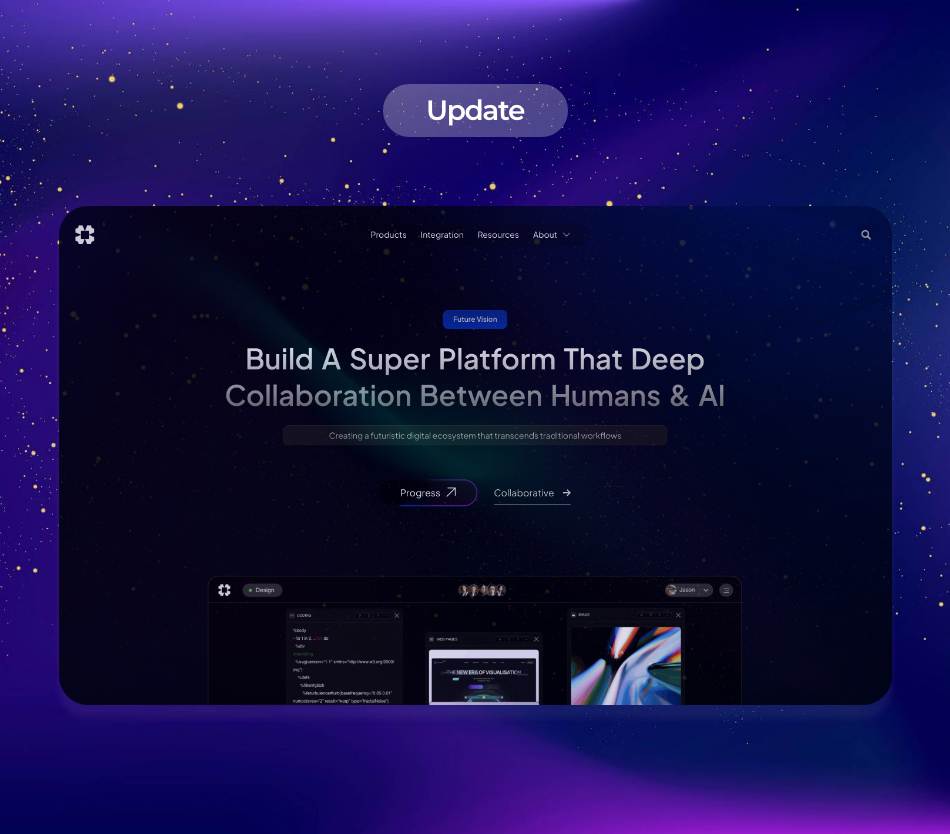As the digital landscape continues to evolve, self-optimizing operating systems (AIOS) are redefining the way industries operate, especially in fields like healthcare and robotics. These systems leverage advanced algorithms and AI capabilities to create a more efficient, adaptable, and responsive operational framework. This article will delve into the latest trends and solutions within AIOS for healthcare and robotics, illustrating real-world applications and technical insights that showcase their transformative potential.
.
### What is AIOS?
Self-optimizing operating systems (AIOS) are designed to improve performance and efficiency without extensive human intervention. Utilizing machine learning and AI-powered analytics, these systems can automatically adapt to changing conditions and optimize resource allocation in real-time. The principles of AIOS are built on continuous learning from their environment, enabling them to become more effective with every interaction.
.
### AIOS for Healthcare: Revolutionizing Patient Care
In the healthcare sector, AIOS are rapidly gaining traction. They offer innovative solutions for managing hospital operations, enhancing patient care, and streamlining administrative tasks. Given the increasing complexity of healthcare demands and rising costs, AIOS can empower organizations to tackle these challenges effectively.
1. **Enhanced Patient Management**
AIOS allow for real-time monitoring of patients through advanced analytics and predictive modeling. Systems can analyze vast amounts of equipment data, patient histories, and genetic information to generate personalized treatment plans. For instance, AI algorithms can predict potential complications based on a patient’s specific risk factors, enabling healthcare providers to intervene proactively.
Clinical case management platforms powered by AIOS can also consolidate patient data across various systems. By highlighting key metrics and trends, these systems enable healthcare providers to make data-driven decisions, improving overall patient outcomes.
2. **Reduced Operational Costs**
Health systems worldwide struggle with operating inefficiencies and excessive administrative costs. AIOS can help reduce these costs by automating routine administrative tasks such as appointment scheduling, billing, and electronic health record management. By doing this, healthcare professionals can focus on delivering quality patient care rather than being bogged down by paperwork.
A study published in the *Journal of Medical Internet Research* found that hospitals employing AI-driven solutions reported a significant reduction in administrative costs, with some facilities achieving savings of up to 30%.
3. **Telemedicine Enhancement**
The rise of telemedicine — accelerated by the COVID-19 pandemic — has opened new avenues for patient care. AIOS can help promote effective remote healthcare services by managing appointments, monitoring real-time health data, and facilitating virtual consultations. Advanced AI can analyze symptoms reported in telehealth consultations and recommend immediate follow-up actions, significantly improving the efficiency of care delivery.
4. **AI-Driven Resource Allocation**
AIOS can optimize resource allocation in hospitals and care facilities, ensuring that medical supplies, equipment, and personnel are deployed where they are most needed. By analyzing patient influx patterns and operational bottlenecks, these systems can make real-time adjustments to staffing or resource distribution.
For example, hospitals in areas experiencing sudden surges in patient numbers can use AIOS to adjust staff schedules dynamically, ensuring adequate coverage during peak times.
.
### AIOS for Robotics: The Future of Automation
Robotics has revolutionized many industries, from manufacturing to agriculture. With AIOS, the capabilities of robotic systems are expanding, leading to increased precision, efficiency, and adaptability.
1. **Intelligent Manufacturing**
The manufacturing industry has been one of the earliest adopters of robotics, and AIOS are taking this to a new level. With self-optimizing capabilities, robotic systems equipped with AI can monitor their performance, detect anomalies, and self-correct, all in real-time. This means higher operational uptime and reduced human oversight.
For instance, AIOS can allow robotic arms to dynamically adapt to changes in the assembly line, adjusting their speed and force to match varying materials and designs. This level of flexibility reduces production time and costs while increasing product quality.
2. **Autonomous Vehicles and Drones**
In the field of autonomous vehicles and drones, AIOS plays a critical role in real-time navigation and decision-making. These systems learn from countless datasets (such as traffic patterns, weather conditions, and user behavior) to enhance safety and performance.
Self-optimizing operating systems enable drones to alter flight paths dynamically based on environmental changes or unexpected obstacles. Similarly, autonomous vehicles can optimize routes to ensure timely deliveries while conserving energy.
3. **Healthcare Robotics**
In healthcare, robotic systems equipped with AIOS can assist in surgery or elder care, providing support that combines human oversight with automation. Surgical robots that are optimized through AIOS can learn from previous surgeries, adjusting their approach based on real-time data from sensors during operations.
Additionally, in elder care, robotic assistants can be trained through AIOS to provide customized interactions and daily support, such as reminding patients to take their medications or tracking their activity levels to alert caregivers if unusual patterns arise.
4. **Industrial Robotics Collaboration**
With the progression of collaborative robots (cobots), AIOS enables human-robot collaboration to be seamless and productive. Through advanced perception systems and continuous learning, cobots can adapt to their human partners’ workflows, optimizing task execution in shared workspaces.
For example, in warehouse settings, cobots can adjust their paths and schedules to cater to human workers’ needs, enabling a more harmonious and efficient operation.
.
### Future Trends and Challenges
The future of AIOS in both healthcare and robotics appears promising. However, certain challenges must be addressed, including ethical considerations, data privacy concerns, and the need for robust regulatory frameworks.
1. **Ethical and Regulatory Frameworks**
As AIOS behaviors become more autonomous, ethical concerns arise regarding accountability and decision-making in critical roles. Establishing robust regulations surrounding the development and deployment of AIOS in healthcare and robotics is crucial to managing these risks.
2. **Data Privacy**
AIOS systems rely heavily on data — which can be sensitive, especially in healthcare. Maintaining patient confidentiality and adhering to data protection regulations (like HIPAA) are essential to ensuring public trust.
3. **Integration with Legacy Systems**
Transitioning from traditional systems to AIOS can pose integration challenges. Health institutions and manufacturers must find ways to harmonize new AI-driven technologies with existing infrastructures to fully realize the benefits of AIOS.
.
### Conclusion
The emergence of self-optimizing operating systems is a key trend reshaping sectors such as healthcare and robotics. By harnessing advanced AI algorithms, these systems can optimize operations, enhance patient outcomes, and improve productivity across industries. As we navigate towards a highly automated and data-driven future, grappling with associated challenges will be crucial.
Organizations that actively adapt to these technological innovations will be poised to lead in their respective fields. With AIOS paving the way, the future holds transformative possibilities that promise to redefine how we approach healthcare and robotics, ultimately enhancing the quality of life for individuals and businesses alike.
.
### Sources
1. “The Impact of Artificial Intelligence on Healthcare” – Journal of Medical Internet Research, 2022.
2. “Advancements in Robotic Systems with Self-Optimizing Technologies” – Robotics and Autonomous Systems Journal, 2023.
3. “A Comprehensive Overview of Self-Optimizing Operating Systems” – IEEE Transactions on Industrial Informatics, 2021.
4. “Strategies for Implementing AIOS in Healthcare: Insights from Leading Institutions” – Health Affairs Journal, 2023.
5. “The Future of Automation: AIOS and Robotics” – International Journal of Robotics Research, 2022.
Transforming industries through AIOS not only presents solutions but also opportunities for innovation, enabling organizations to navigate the challenges of today’s fast-paced world with confidence.




























